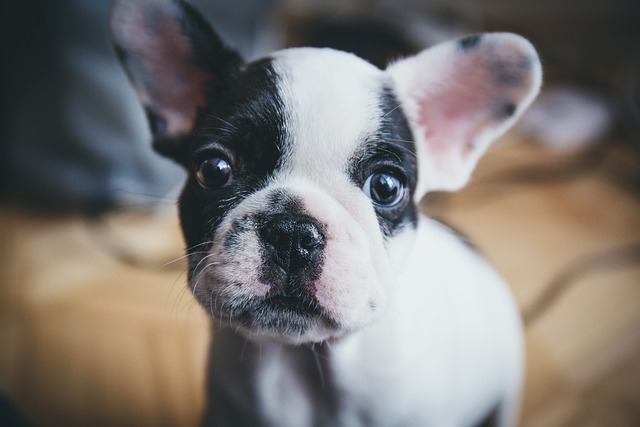
How do i train my dog to be obedient?
Watching your dog dart across the park ignoring your calls isn’t just frustrating—it can put them at risk near busy streets or public spaces.
Grooming your puppy should be a bonding experience, not a wrestling match. But those tiny paws batting at the brush and squirms during nail trims can make it seem impossible. The good news? With patience and the right approach, you can turn grooming into something your puppy looks forward to. And in many regions, keeping your pet clean and well - groomed isn’t just about aesthetics—it’s part of animal welfare regulations to ensure your dog’s health and comfort.
Start early. Puppies are like sponges, absorbing new experiences and forming habits. Begin gentle touches and handling as soon as you bring your puppy home. Rub their paws, stroke their ears, and run your fingers through their fur in short, positive sessions. In some communities, local animal shelters offer puppy socialization classes that include basic handling techniques, helping you kickstart training on the right foot.
Make it a treat - filled party. High - value treats like small pieces of cooked chicken or cheese are game - changers. Hold a treat in your hand while you pick up the brush. Let your puppy sniff and lick the treat as you gently start brushing a few strokes. Gradually increase the brushing time with each treat. This positive association helps your puppy associate grooming with good things, which aligns with ethical pet training practices encouraged in many areas.
 Break it down into small steps. Don’t try to tackle brushing, ear cleaning, and nail trimming all at once. Focus on one task at a time. For nail trims, start by just touching your puppy’s paws and giving treats. Then, introduce the nail clipper, letting them sniff it. Only attempt a trim when your puppy seems relaxed. Rushing through grooming can cause stress, and in some regions, improper handling that leads to pet injuries may violate animal care laws.
Break it down into small steps. Don’t try to tackle brushing, ear cleaning, and nail trimming all at once. Focus on one task at a time. For nail trims, start by just touching your puppy’s paws and giving treats. Then, introduce the nail clipper, letting them sniff it. Only attempt a trim when your puppy seems relaxed. Rushing through grooming can cause stress, and in some regions, improper handling that leads to pet injuries may violate animal care laws.
Create a calm environment. Grooming time should be quiet and free of distractions. Turn off the TV, close the curtains if bright sunlight is a distraction, and make sure other pets or family members aren’t causing chaos. A peaceful setting helps your puppy feel safe and more receptive to grooming. Plus, maintaining a stress - free space for your pet is often a requirement under local animal welfare guidelines.
Use the right tools. A brush that’s too rough or nail clippers that are difficult to handle can make grooming unpleasant. Invest in high - quality, puppy - friendly grooming supplies. Soft - bristle brushes for short - haired breeds and slicker brushes for long - haired ones work well. In many local pet stores, staff can recommend the best tools based on your puppy’s breed and coat type, ensuring you’re using safe and effective equipment.
Be consistent but flexible. Set a regular grooming schedule, but don’t force it if your puppy is having an off day. If they seem overly stressed during a session, stop, give them a treat, and try again later. Consistency helps build a routine, but respecting your puppy’s boundaries is key. Remember, how you handle grooming can impact your puppy’s behavior in the long run, and responsible pet ownership means adapting to your pet’s needs.
If your puppy continues to struggle with grooming despite your best efforts, consider professional help. Many groomers offer puppy - specific services and can provide tips on training. In some areas, there are even certified animal behaviorists who specialize in grooming - related anxiety. Seeking expert advice not only helps your puppy but also ensures you’re meeting the standards of proper pet care expected in your community.

Watching your dog dart across the park ignoring your calls isn’t just frustrating—it can put them at risk near busy streets or public spaces.

New puppy owners often find themselves rushing to clean up accidents before they set in, and that’s where puppy pad training becomes a game-changer.

If you've noticed your dog's waistline disappearing and your veterinarian has mentioned those few extra pounds, your first instinct might be to simply reduce the amount of food in their bowl.

Training a dog to use a designated spot indoors isn’t as daunting as many new owners fear, but it does take consistency and an understanding of your pet’s needs.

That moment of dread on a walk is all too familiar for many new dog owners. You see another dog approaching down the sidewalk of your neighborhood

If the sight of another dog on your neighborhood walk makes your heart sink as your own dog erupts into a frenzy of barking and lunging, you're not alone.